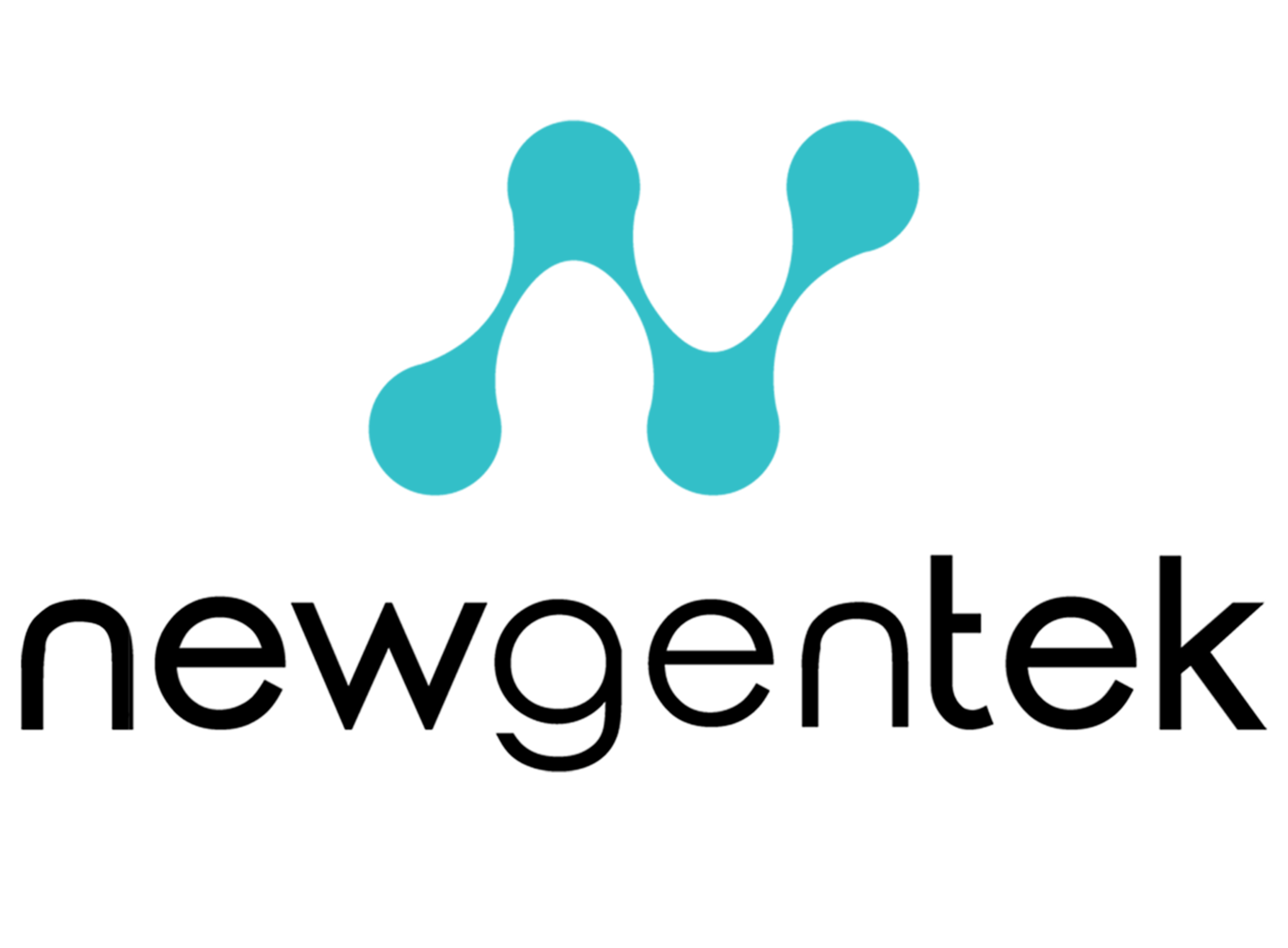Considering Technology in the Site-Selection Process
If you’re a multi-site operator in the throes of opening a new restaurant or retail location, technology is likely not the first consideration weighing on your mind. In today’s cloud-driven business environment and with consumers increasingly demanding WiFi connectivity from the businesses they frequent, the digital infrastructure of a potential site for a hospitality business matters more than ever before. While assessing a location for compatibility with your business requires careful planning, a strategic partnership with the right vendor can make the process painless. Here are some tips for assessing site infrastructure:
Survey Potential Locations
Begin evaluating the infrastructure of a location of interest for your new site during the earliest stages of site selection. Plan for your technology with an eye toward future growth, much as you would when choosing the size of the location. To avoid costly roadblocks to future technology initiatives, savvy operators rely on an experienced partner to conduct a site-survey to evaluate available internet service providers (ISP’s).
Consider Bandwidth Needs
Ideally, you want to choose a location with multiple ISP’s capable of delivering the bandwidth and telecom services needed to keep complex technical systems running without a hiccup. As you adopt VOIP phones or cloud-based technology, this data connection serves as the backbone of your operation – speed and reliability are critical.
Rethink Guest WiFi
A recent University of South Florida study determined that 70% of patrons prefer restaurants or retail locations with WiFi hotspots. The study also noted a correlation between offering WiFi and a customer’s probability of becoming a loyal customer. Even if you don’t provide WiFi for customers today, select an ISP that can scale up your bandwidth in the future as your needs grow.
Include IT and Development
Share the results of this survey with your IT or third-party development team to ensure the ISP meets current and future requirements. Looping in your tech team helps avoid expensive and unexpected retrofitting costs as you roll out future technology solutions. Keep in mind that most modern point-of-sale systems, especially those with built-in loyalty program management, require a reliable high-speed connection.
Plan for Redundancy
Operators of multi-unit businesses with a high-volume of transactions should pay careful attention to redundancy and continuity plans. According to the independent technology research organization, Standish Group, every minute of POS downtime costs retailers an average of $4,700. Fortunately, modern cellular networks mean the cost of redundancy is usually affordable, even for small and mid-size operations. When conducting site surveys, we test for cellular connectivity to ensure the integrity of contingency options. Deploying redundant 4G cellular failover solutions keeps your business processing credit transactions, gift cards, and loyalty programs in the event of a network outage with the primary ISP.
The easiest way to simplify the site-selection process is to develop a detailed list of requirements, which should include network availability, bandwidth and cellular connectivity. Planning for your technology growth up-front enables you to avoid significant or costly roadblocks when it comes time to implement new technology solutions in the future. Opening a new restaurant or retail location is complex enough. That’s why it’s important to find a partner who understands the unique challenges of multi-unit brands and can help you plan for the future.
Contact us today to learn how we can help you plan and execute your IT infrastructure and technology goals.
